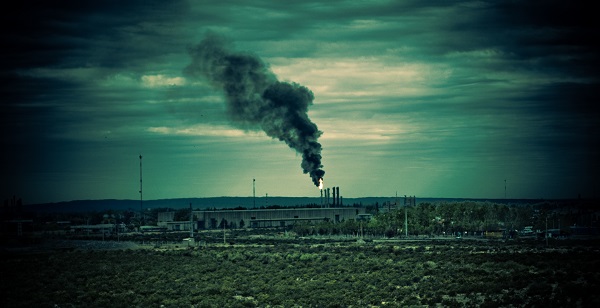CO2 emissions in households have sparked interest among experts. Despite its increasing population and the amount of space required per person, emissions have been reduced between 2000 and 2013.
In a recent study, the Swiss Federal Statistical Office was available to answer that question to unravel the different factors that influence energy consumption and CO2 emissions in Swiss households.
Researchers found that, thanks to greater energy efficiency in households, CO2 fossil emissions for heating Swiss households decreased between 2000 and 2013, despite an increase of 13% in the population.
“[The decrease in CO2 emissions] could be due to better insulation, thicker windows or more environmentally habits, such as people keeping their thermostats at 19ºC instead of 23ªC, or not leaving their windows open longer than necessary,” Flavio Malaguerra, editor of the study for swissinfo.ch.
These reductions are due to better insulation, thicker windows and a more respectful behavior towards environment. For example, the population has grown accustomed to having their thermostat temperatures around 19ºC, instead of the 23ºC that other countries tend to settle.
The decrease in CO2 emissions also has a lot to do with the improvement of the construction materials, as a result of the efforts of the federal government and the community to reduce the power placed in heating homes.
The federal government and the Swiss Cantons spent more than a billion dollars between 2010 and 2014 in incentive programs to improve energy efficiency of existing buildings.











